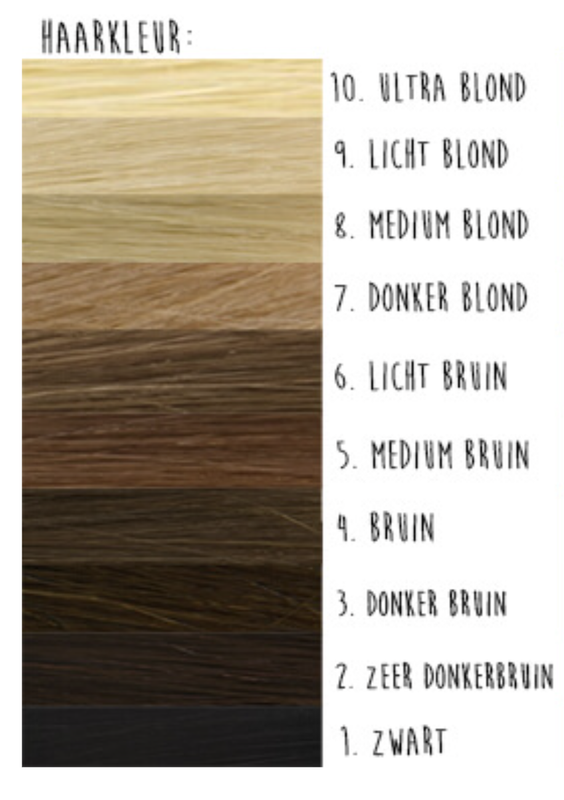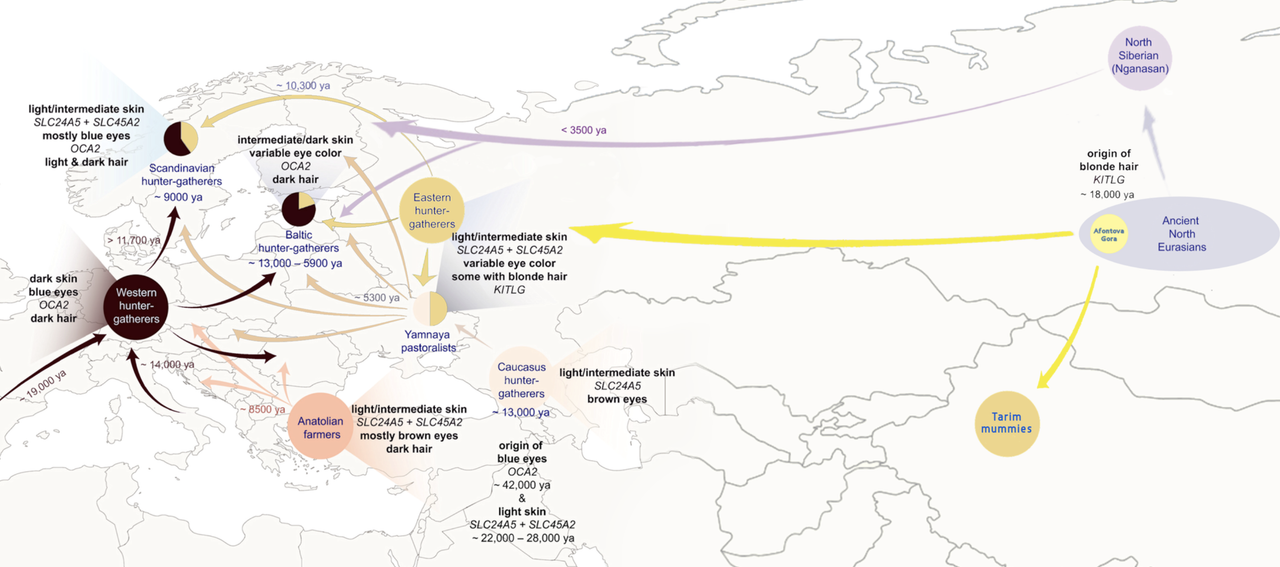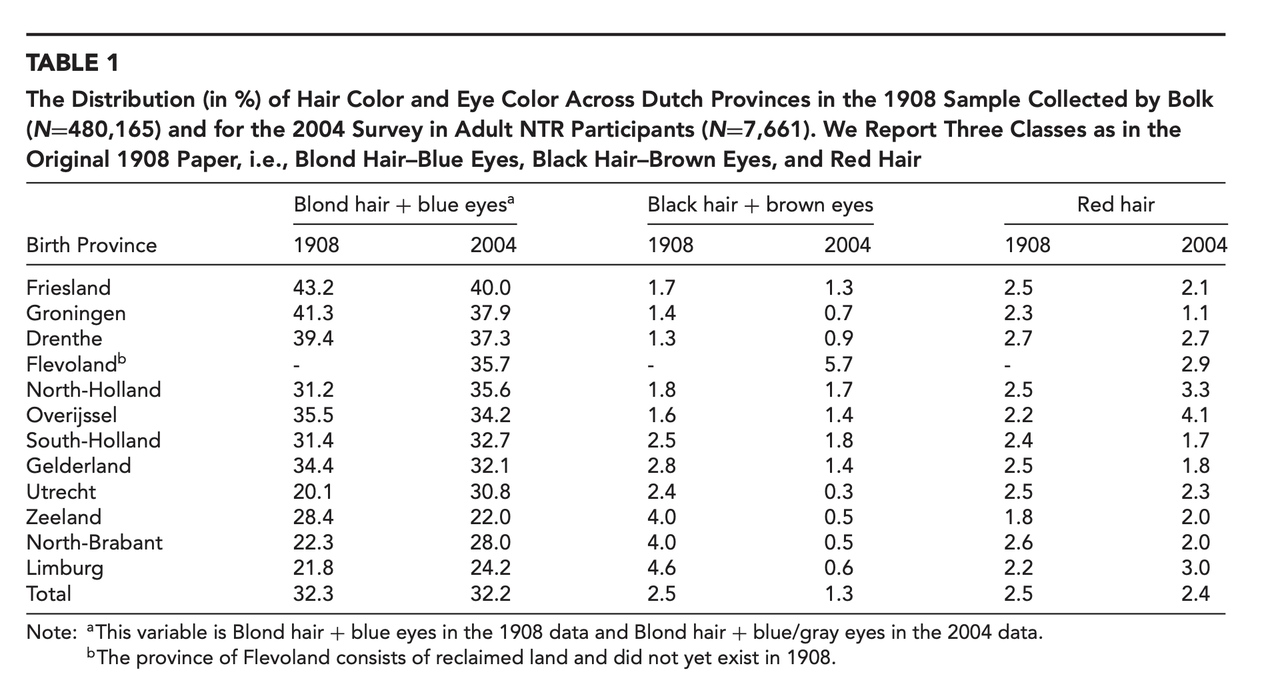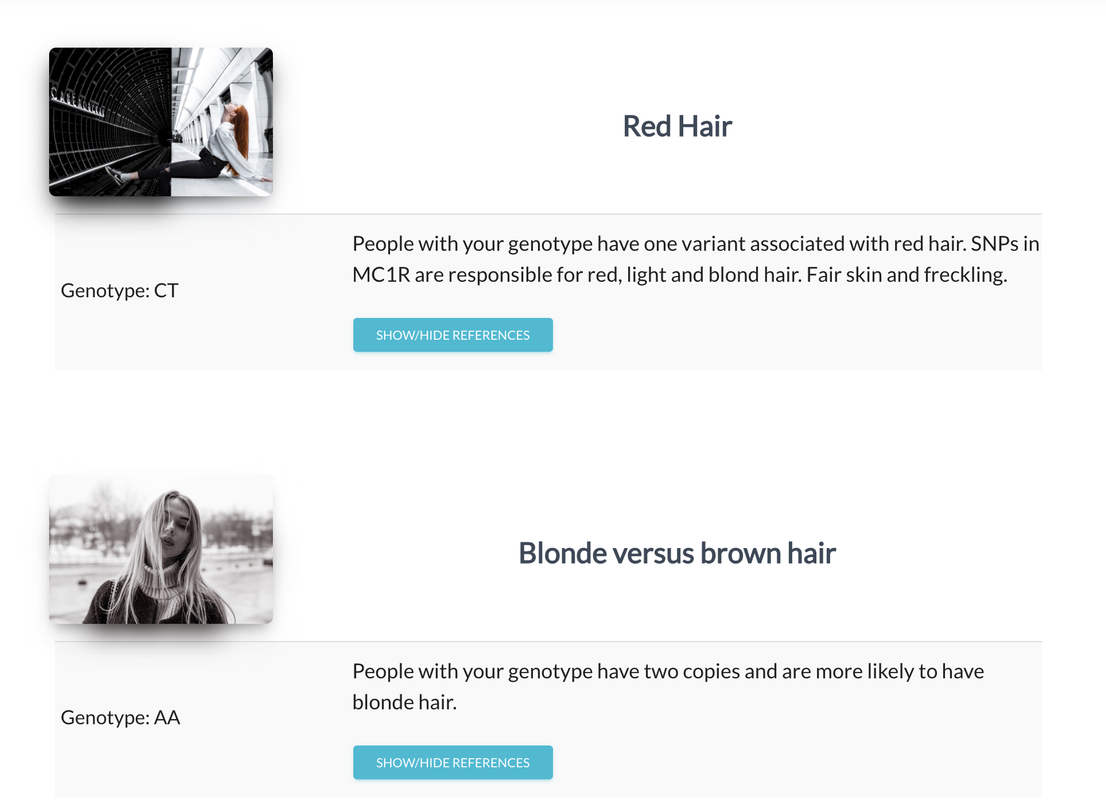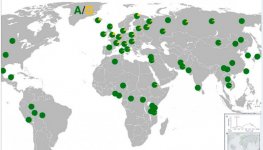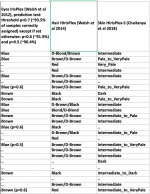I don't know statistics on the subject, but throughout my life, I've noticed that children are always blonder than their parents. There is the extreme case of the afros of the Solomon Islands:
The Island Of The Blond Children, https://medium.com/@Gertech/the-island-of-the-blond-children-796c0b0c7781
Regarding the influence of food: Vegetable oils stimulate hair growth. Sesame oil has hair darkening properties. I am convinced that the jet-black hair color of the Japanese and other peoples is due, in part, to the use of sesame oil in their food.
The Island Of The Blond Children, https://medium.com/@Gertech/the-island-of-the-blond-children-796c0b0c7781
Regarding the influence of food: Vegetable oils stimulate hair growth. Sesame oil has hair darkening properties. I am convinced that the jet-black hair color of the Japanese and other peoples is due, in part, to the use of sesame oil in their food.



